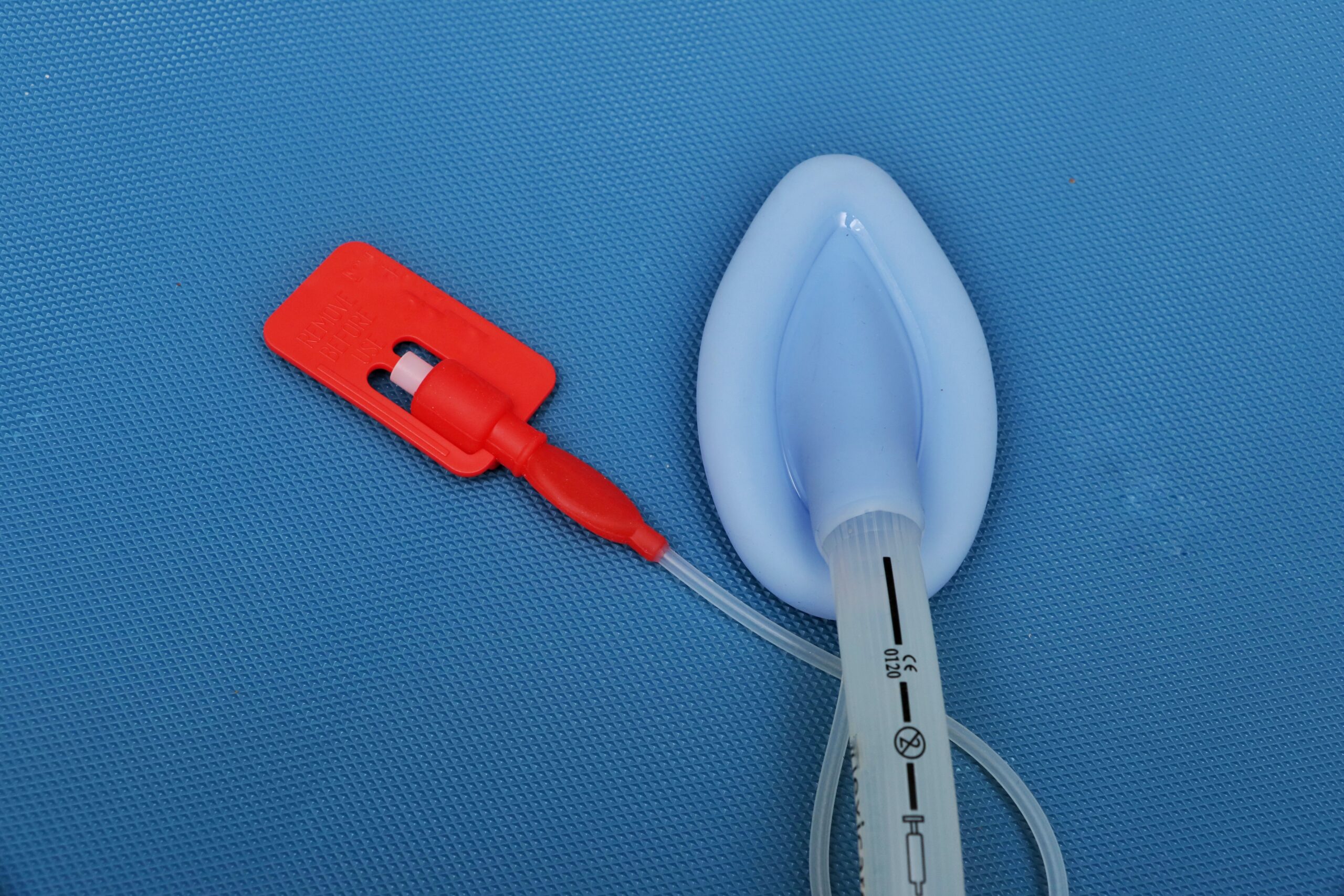The laryngeal mask airway (LMA) is a supraglottic airway device that revolutionized airway management since its introduction in the 1980s. Designed by Dr. Archie Brain, the LMA has become an indispensable tool for anesthesiologists, emergency medical personnel, and healthcare providers worldwide. This article will provide an overview of the LMA, its design and features, indications and contraindications, and the benefits it offers in various clinical scenarios.
Design and Features
The LMA is a tubular device made of silicone or PVC, with an inflatable cuff at one end and a 15-mm connector at the other end for attachment to a breathing circuit. The inflatable cuff is designed to fit snugly around the laryngeal inlet, creating a seal that permits positive pressure ventilation without the need for direct laryngoscopy or endotracheal intubation. The LMA comes in various sizes to accommodate patients of different ages and sizes, and there are specialized versions such as the ProSeal LMA, which has an additional gastric drainage channel, and the LMA Supreme, which combines the features of the ProSeal and the LMA Fastrach.
Indications and Contraindications
The LMA is primarily used for airway management during general anesthesia in elective surgeries where endotracheal intubation is not required. It is also useful in emergency situations, such as difficult airways or cardiopulmonary resuscitation (CPR), as it can be rapidly inserted by trained personnel.
However, the LMA is contraindicated in certain situations, such as patients with a high risk of aspiration due to gastric content, full stomach, or obesity. It is also not suitable for surgeries requiring a secured airway or those involving the head, neck, or thoracic cavity. In addition, patients with anatomical abnormalities or limited mouth opening may not be suitable candidates for LMA placement.
Benefits
The LMA has several advantages over endotracheal intubation:
- Ease of insertion: The LMA can be inserted blindly without the need for direct visualization of the larynx, making it easier and faster to secure an airway, especially in emergency situations or for healthcare providers with limited experience in airway management.
- Reduced airway trauma: The LMA is less invasive than endotracheal intubation, leading to fewer complications such as sore throat, laryngospasm, or vocal cord injury.
- Preservation of upper airway reflexes: The LMA does not pass through the vocal cords, allowing for better preservation of protective airway reflexes such as coughing and swallowing, which can reduce the risk of aspiration.
- Versatility: The LMA can be used in various clinical scenarios, including anesthesia for elective surgeries, emergency airway management, and as a conduit for endotracheal intubation using a bronchoscope or an intubating stylet.
The laryngeal mask airway has transformed airway management since its inception, offering healthcare providers a safe, efficient, and less invasive alternative to endotracheal intubation. Its versatility makes it an invaluable tool in both elective and emergency situations. However, it is crucial to recognize its contraindications and limitations to ensure patient safety and optimize outcomes. As technology continues to advance, it is expected that the LMA and other supraglottic airway devices will continue to evolve, offering even greater benefits to patients and healthcare providers alike.
